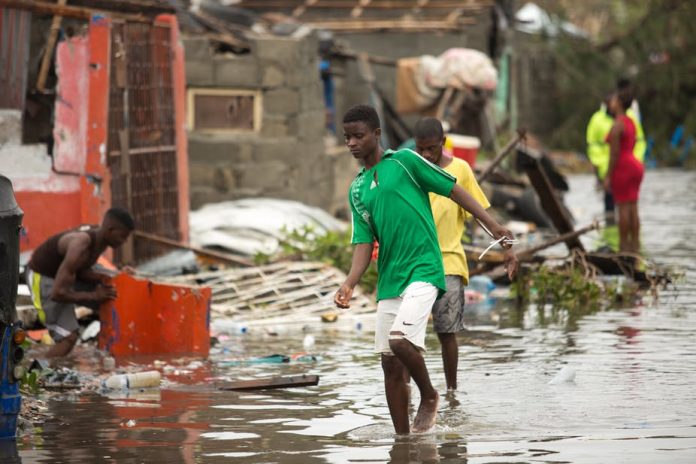By Micheal Pillay
Tropical cyclones – massive storms that can span over 1,000km in diameter – get their energy from the ocean heat. There’s widespread agreement that ocean surface temperatures of at least 26⁰C are required for tropical cyclones to form.
Changes in weather patterns and in the earth’s climate affect the temperature of the sea, in ways that have been extensively researched and debated.
As the oceans warm, the locations of where tropical cyclones form and intensify (reach their highest windspeeds) have been shifting over the past 30 years. Their area of occurrence has been moving towards the poles at a rate of about 50 km to 60 km each decade. The warm temperatures needed for tropical cyclones to form are now being found in what used to be cooler ocean regions.
Before the 1980s, southern hemisphere tropical cyclones formed and moved over regions between 5° and 20° south of the equator. This tropical region was where ocean waters were warmest.
We conducted research to find out whether this poleward shift was also present at a smaller spatial scale such as in the South West Indian Ocean, from the East African coastline to 100° east of this.
The countries most affected by tropical cyclones in this ocean are the islands of Madagascar, Mauritius and La Reunion. Also affected is Mozambique, which has a coastline, and Zimbabwe, which is landlocked.



